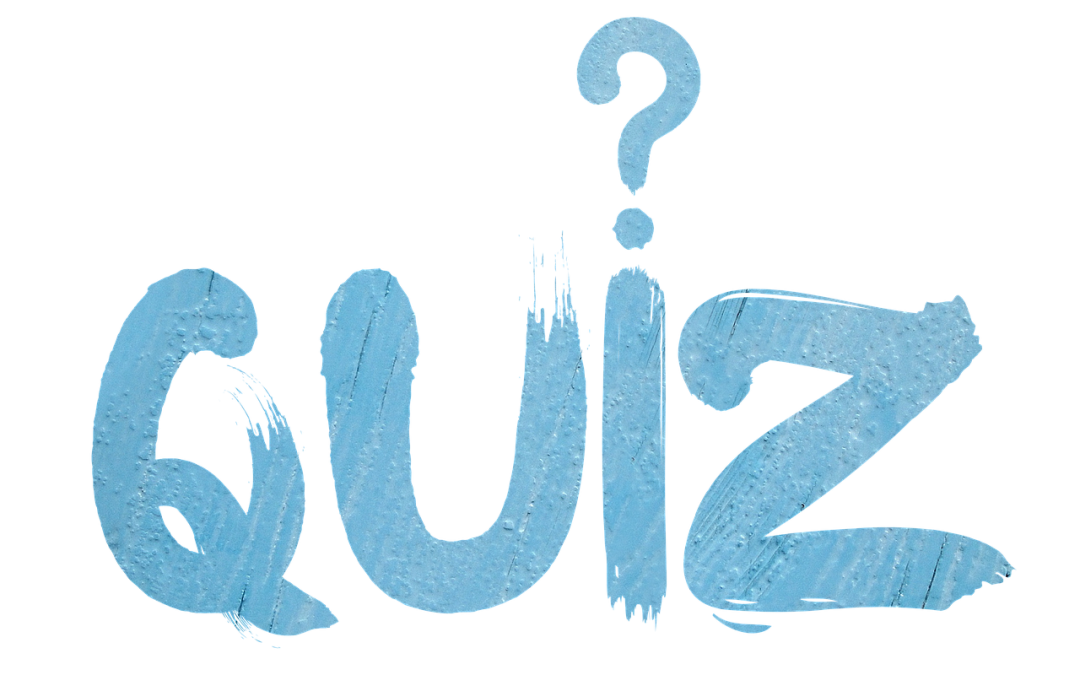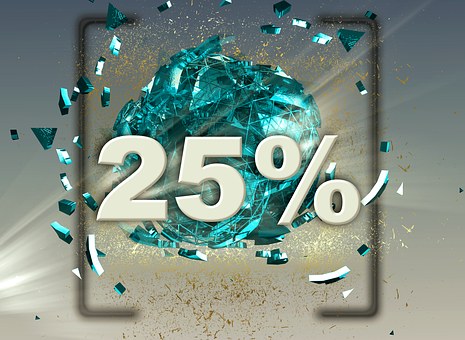
by Erica L. Meltzer | Nov 6, 2017 | Blog, Questions
For those of you who are looking for some bite-sized test daily practice, some good news: I’ve decided to revive my Question of the Day. Every morning, I’ll post a new verbal question along with an explanation.
For logistical reasons, I’m going to have to tilt toward the grammar side for now, but I will be posting reading as well as grammar questions. Most of the questions will SAT®/ACT®-style, but I will probably throw in some more advanced items (AP® English, GRE® or GMAT®) from time to time, just to keep people on their toes;) (more…)

by Erica L. Meltzer | Nov 3, 2017 | Blog, College Admissions
In an interesting coincidence, the day after I published my previous post, which detailed the ways in the which the college essay can be gamed by wealthy applicants, Eric Hoover, who covers admissions for The Chronicle of Higher Education, published a story in The New York Times describing the minefield that it is the elite college admissions process in 2017. (more…)

by Erica L. Meltzer | Oct 30, 2017 | Blog, College Admissions
It took a while to happen, but college essays have begun to be placed under the kind of scrutiny traditionally reserved for the SAT. In just the past couple of weeks, articles have appeared in both the Washington Post and Inside Higher Ed discussing the college essay industry and highlighting the vast sums of money some families spend on assistance with this aspect of the application.
These articles raise some very important questions: exactly how much help is too much? And how should colleges evaluate an assignment that some applicants have spent thousands of dollars to complete? (more…)

by Erica L. Meltzer | Oct 24, 2017 | ACT Reading, Blog
Broadly speaking, time-based ACT Reading problems tend to fall into two categories.
The first category involves students who cannot even come close to finishing ACT Reading in time. At 35 minutes, they might still be only halfway through the third passage, and often their scores are stuck somewhere in the low 20s. Even if they’re solid readers, they need to radically change their approach in order to see significant improvement.
The second category typically involves students who are scoring in the mid-high 20s. Their overall comprehension is strong, and they could likely answer nearly all of the questions right given just 10 more minutes, but they can’t quite seem to get there in the allotted time.
If you fall into the second category, this post is for you. (more…)
by Erica L. Meltzer | Oct 21, 2017 | Blog, GMAT, Grammar (SAT & ACT)
As part of my attempt to make thecriticalreader.com the official repository of all things related to SAT, ACT, and GMAT grammar, I’ve posted lists of preposition-based idioms for those tests. (For now, they’re the same as the ones in my SAT, ACT, and GMAT grammar books, but I will update them if I come across additional tests with other examples.)
For SAT/ACT idioms, click here.
For GMAT idioms, click here. (more…)

by Erica L. Meltzer | Oct 16, 2017 | Blog, College Admissions
Over the past several decades, acceptance rates at the most selective United States colleges and universities have dropped dramatically. In the mid-1990s, for example, Yale University had an acceptance rate of around 18% for freshman applicants, whereas its freshman acceptance rate in 2017 was only one-third as high. Assuming that acceptances rates for the high school class of 2018 are similar to those for the class of 2017, all freshman applicants to Yale during the 2017-2018 admissions cycle will compete in a pool from which approximately 6% of freshman applicants are accepted.
Which of the following would most weaken the conclusion of this passage?
(A) Applicants who apply to Yale through Single Choice Early Action are accepted at far lower rates than they were in the mid-1990s.
(B) There is a significant difference in the acceptance rates of Single Choice Early Action and Regular Decision Yale applicants.
(C) The most competitive applicants to Yale often gain admission to multiple Ivy League schools.
(D) A smaller percentage of students apply to Yale through Single Choice Early Action than apply Regular Decision.
(E) The demographic makeup of Yale’s freshman class has changed significantly over the past several decades. (more…)




